Welcome to the 2nd day of the National Poetry Month Blog Tour!
I thought that as so much of National Poetry Month seems to focus on classic poets or contemporary U.S. poets, I would review an anthology of contemporary European poets and their poetry. I hope you’ll click the button below to visit with Laura at Book Snob as well.
Source: Public Library
Paperback,
I am an Amazon Affiliate
New European Poets edited and introduced by Wayne Miller and Kevin Prufer is an anthology of European poetry since 1970. Each poet selected was translated and each poem has the language from which it was translated and the name of the translator below. Unfortunately, this anthology does not include the poem in its original language, which some readers would prefer as it gives a visual comparison between the texts. However, the collection does include the short biographies of the poets included, the translators — to which the anthology is dedicated — and the editors, which provides a great reference for finding more of these authors’ works.
Reading through the poems in this collection is like traveling the undulating and varying landscapes of Europe, with climbs through the mountains, sitting in lounges by the seaside, and hunting in the dark forests. Many of these poems mirror those that are found in American contemporary poetry, but then there are others that are distinctly European in subject matter and style. In the introduction, the authors talk about the dialogue between poets in American and those in Europe — how poetry informed each style on either side of the Atlantic. However, that dialogue has mostly stopped, and the authors strive to rekindle that dialogue with this anthology, a real possibility as more reader-poets pick up this volume and begin leafing through it.
From Spain's Luis Garcia Montero's "Poetry" "Poetry is useless, it serves only to behead a king or seduce a young woman." (page 13)
In fact, this collection serves to disprove this early statement in the poetry anthology. Poetry is more than political protest and seduction — it is a connection of the human spirit and an observation of the human condition. Ranging from the irreverent in “Kiss My Corpse” by Gür Genç of Cyprus to the heartbreaking emptiness of “The Barren Woman” by O. Nimigean of Romania, these poems share a range of emotions that are universal but in a style that is fresh and inviting.
Each poem leaves the reader — more so an American reader — with a sense of understanding and awe and a new way of thinking not only about emotion, life, and living, but also of poetry itself. New European Poets edited and introduced by Wayne Miller and Kevin Prufer is a collection that should be savored and returned to again and again over time. Spend a day in one country or two, but visit them often and with an observant eye.

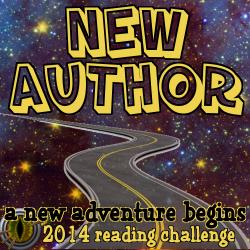

This is part of the 2014 National Poetry Month: Reach for the Horizon Blog Tour, click the button for more poetry:
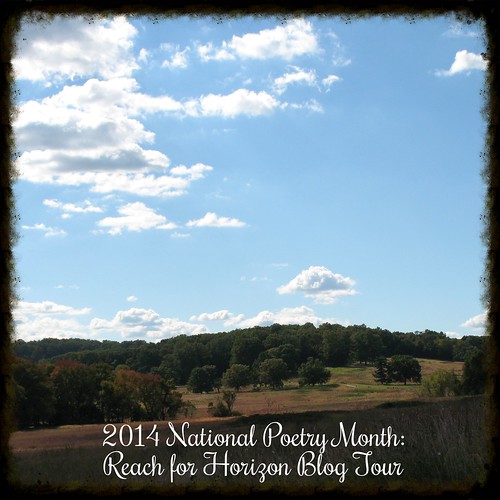


 About the Author:
About the Author: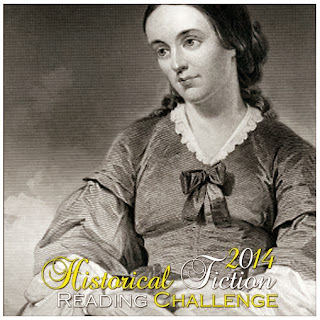





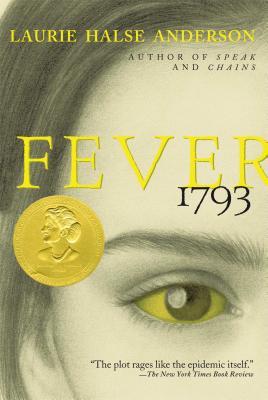
 About the Author:
About the Author:


 About the Author:
About the Author:
 About the Author:
About the Author:
 About the Author:
About the Author:
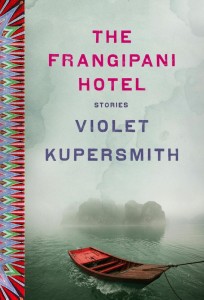
 About the Author:
About the Author:



